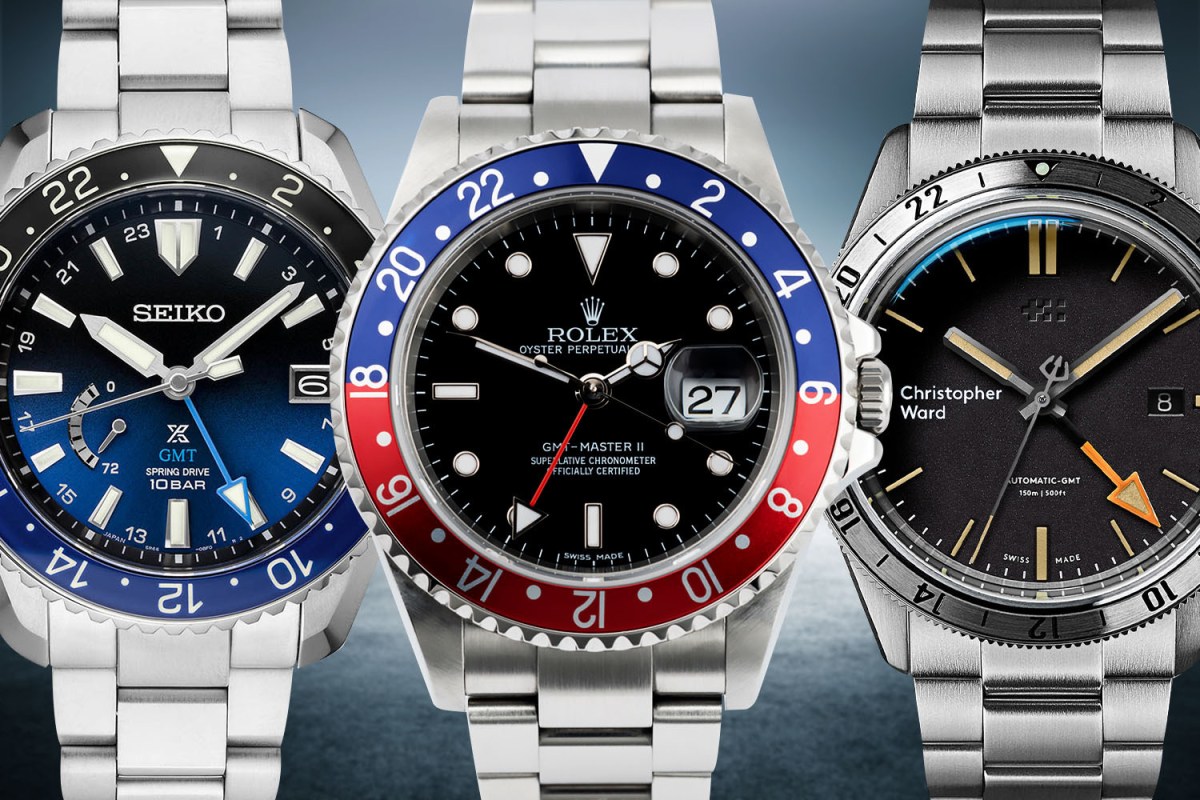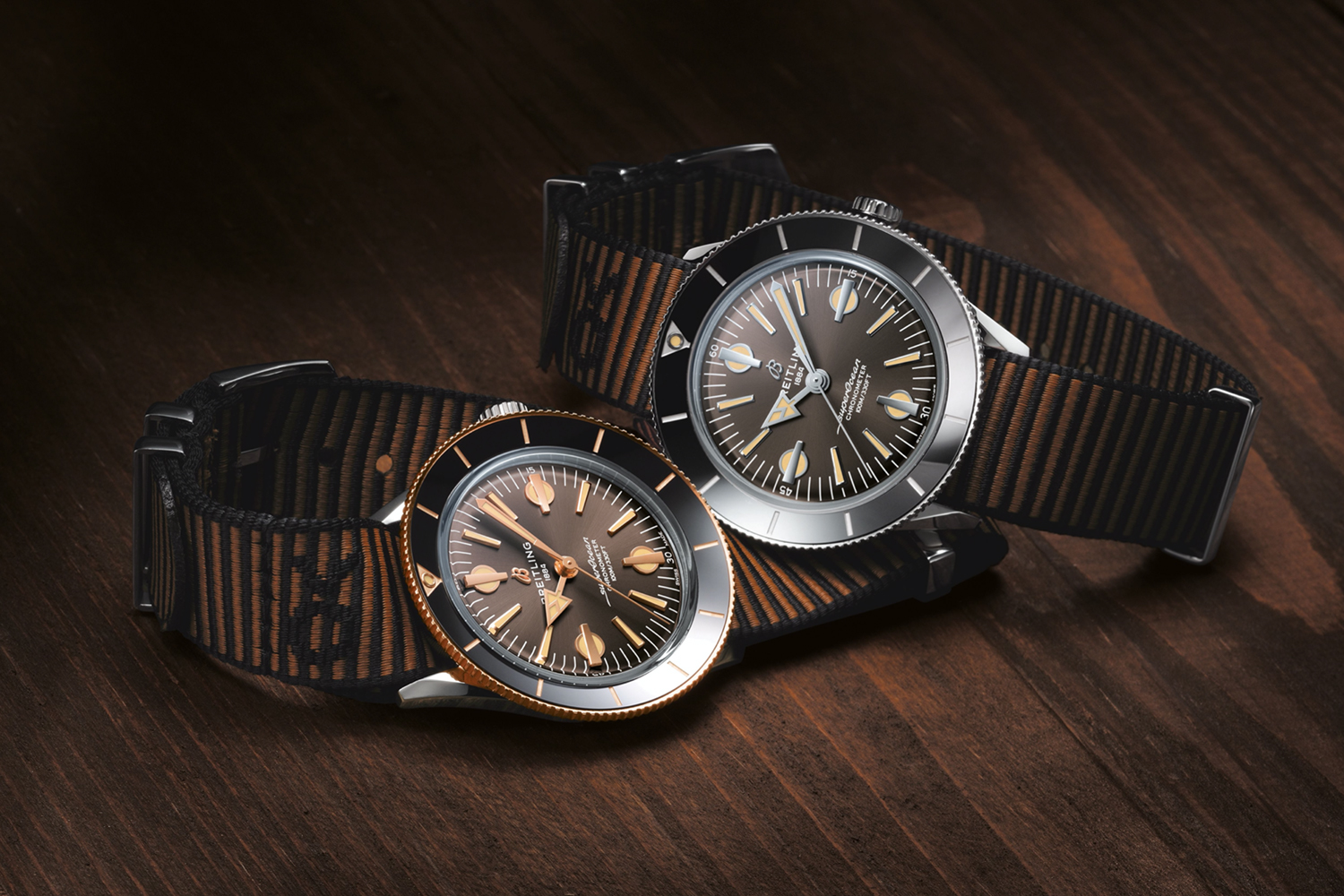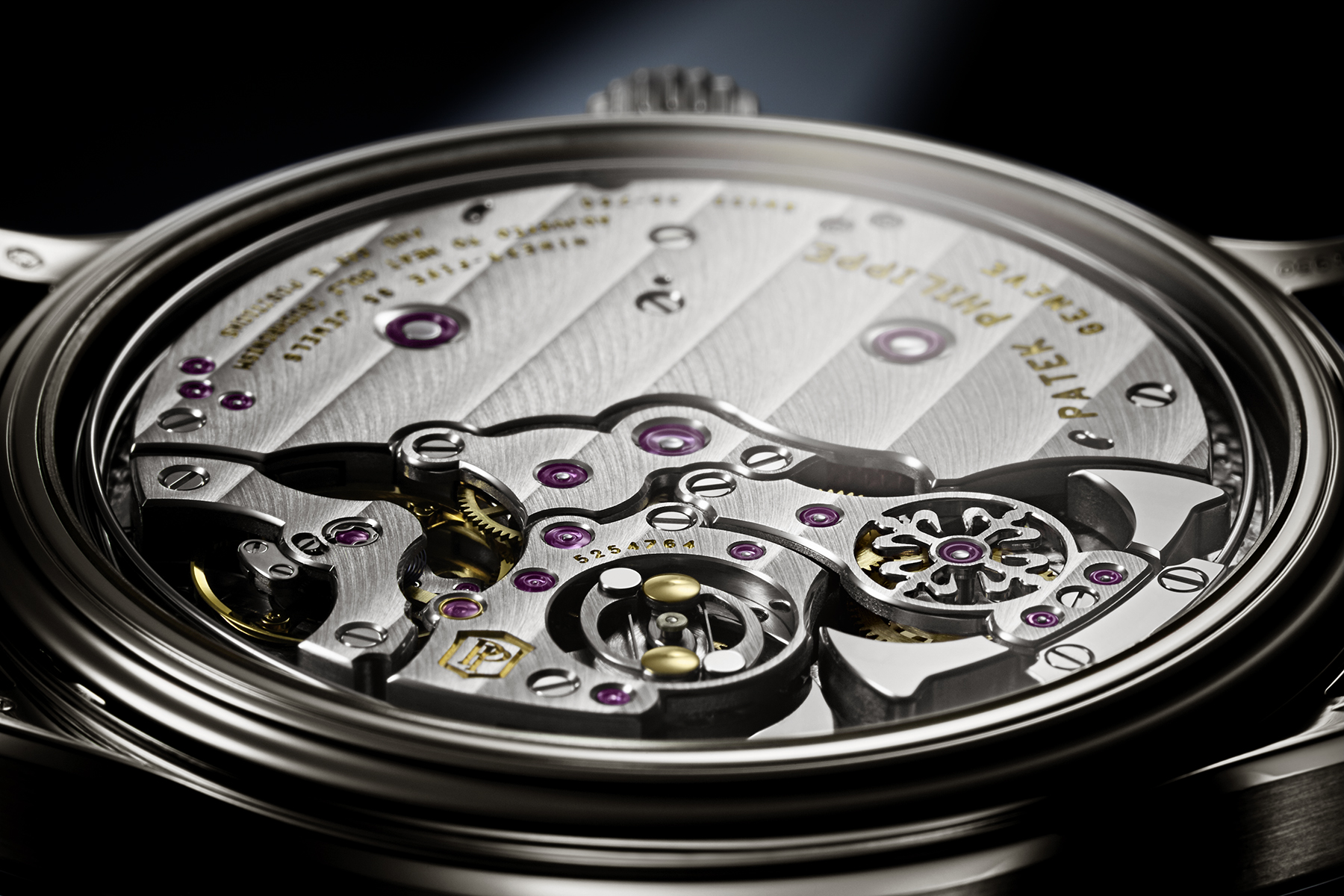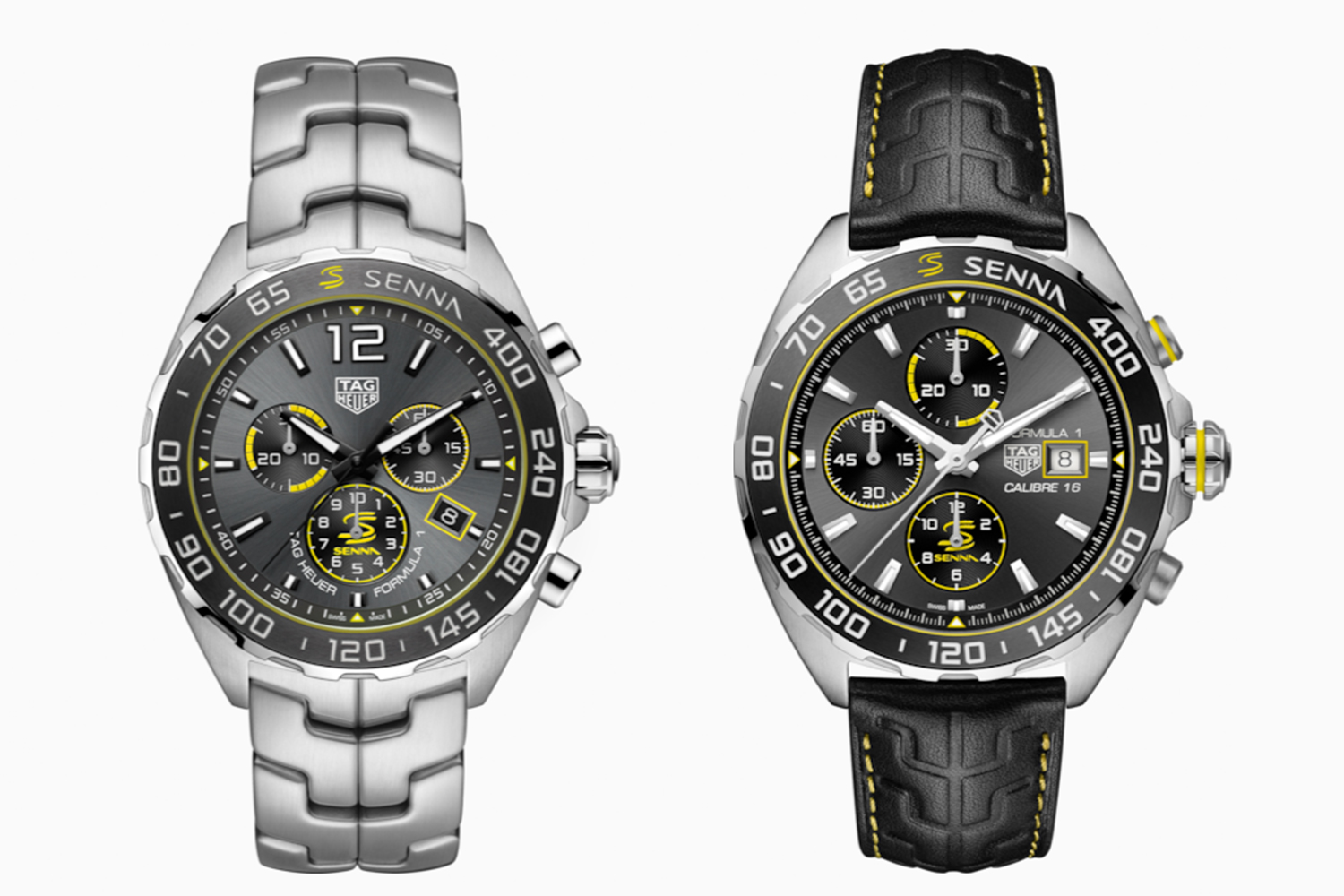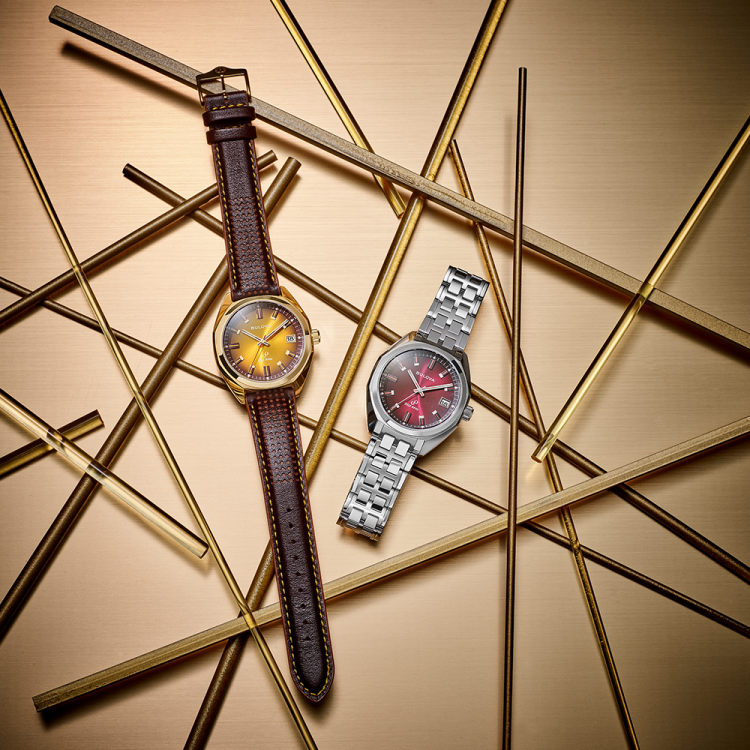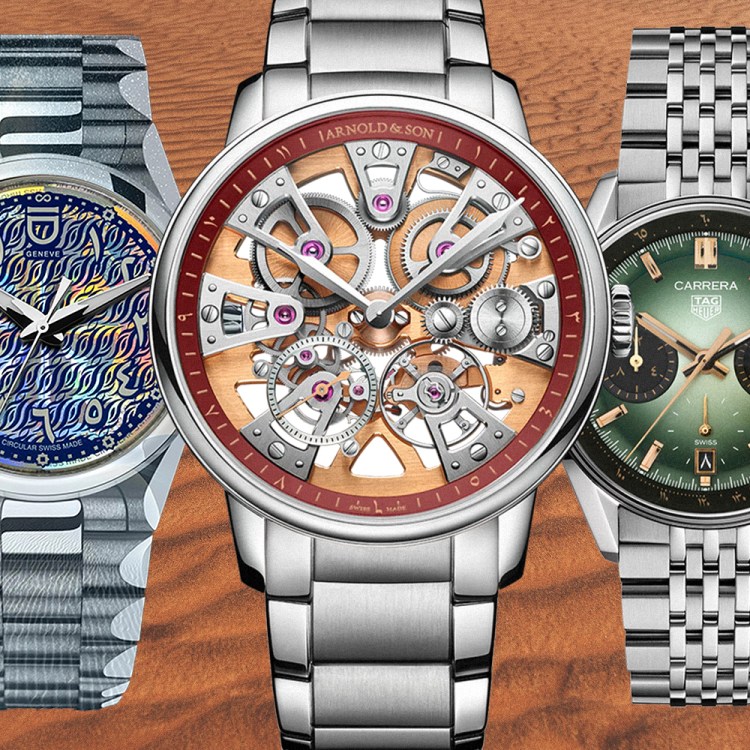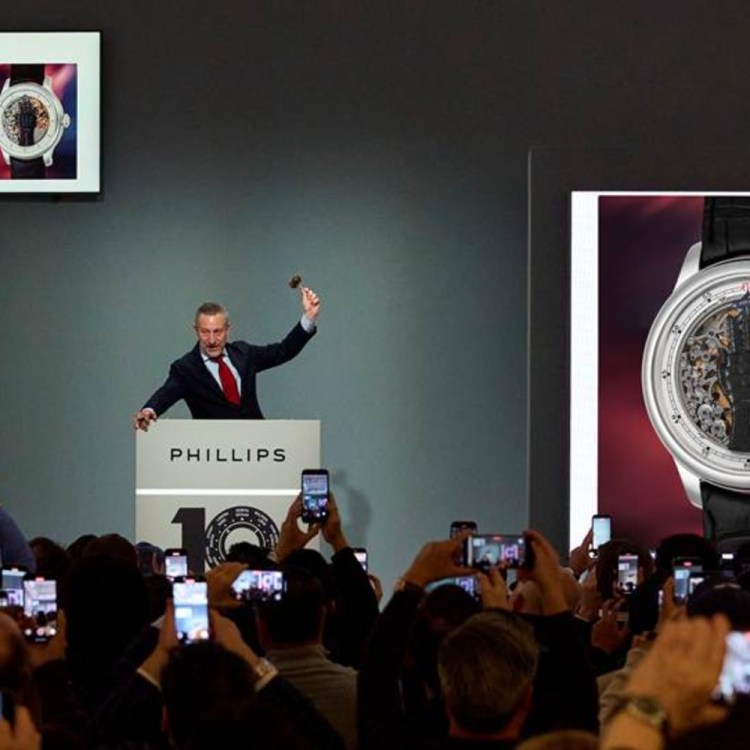The so-called Golden Age of Travel was an epoch of dressing up, free booze at 12,000 feet and little to no security. It was also an era of bragging rights, since being able to both afford (tickets cost 3-5 times what they do today) and survive (flying was actually dangerous then!) a flight was an accomplishment of sorts.
And then there was the commercial aviation pilot, who in the 1950s tended to be something of a style icon, if not outright celebrity. They were distinguished not only by their uniforms, but also the invariable presence of a GMT (Greenwich Mean Time) watch. As true tool watches for pilots, these coveted timepieces were aspirational and represented a sexy, glamorous, free-wheeling lifestyle that was out of reach for most men at the time, who by their mid-twenties were expected to be married with children and living in the ‘burbs.
If you’re new to this automatic watch complication, GMT watches have a fourth hand which in most cases points to a number on a bezel to reflect the time in another part of the world. The GMT hand moves along with the other hands so that it remains accurate to the time zone it has been set to. Remembering that London is usually five hours ahead of New York is not rocket science, but all this zipping around was new and exciting back then, and pilots were probably suffering jet-lag, a term coined to explain how the body could not immediately adjust to a new time zone.
Nowadays, the GMT complication is little more than an acceptable conceit, something fun and personal. It is, however, a deeply entrenched feature of automatic watch culture, with modern iterations being introduced frequently by many of the world’s most respected watch houses. That’s good news for us, because it means there are a lot of choices. In the interests of getting one on your wrist, I’ve chosen a few of my favorite GMT watches at three different price points.
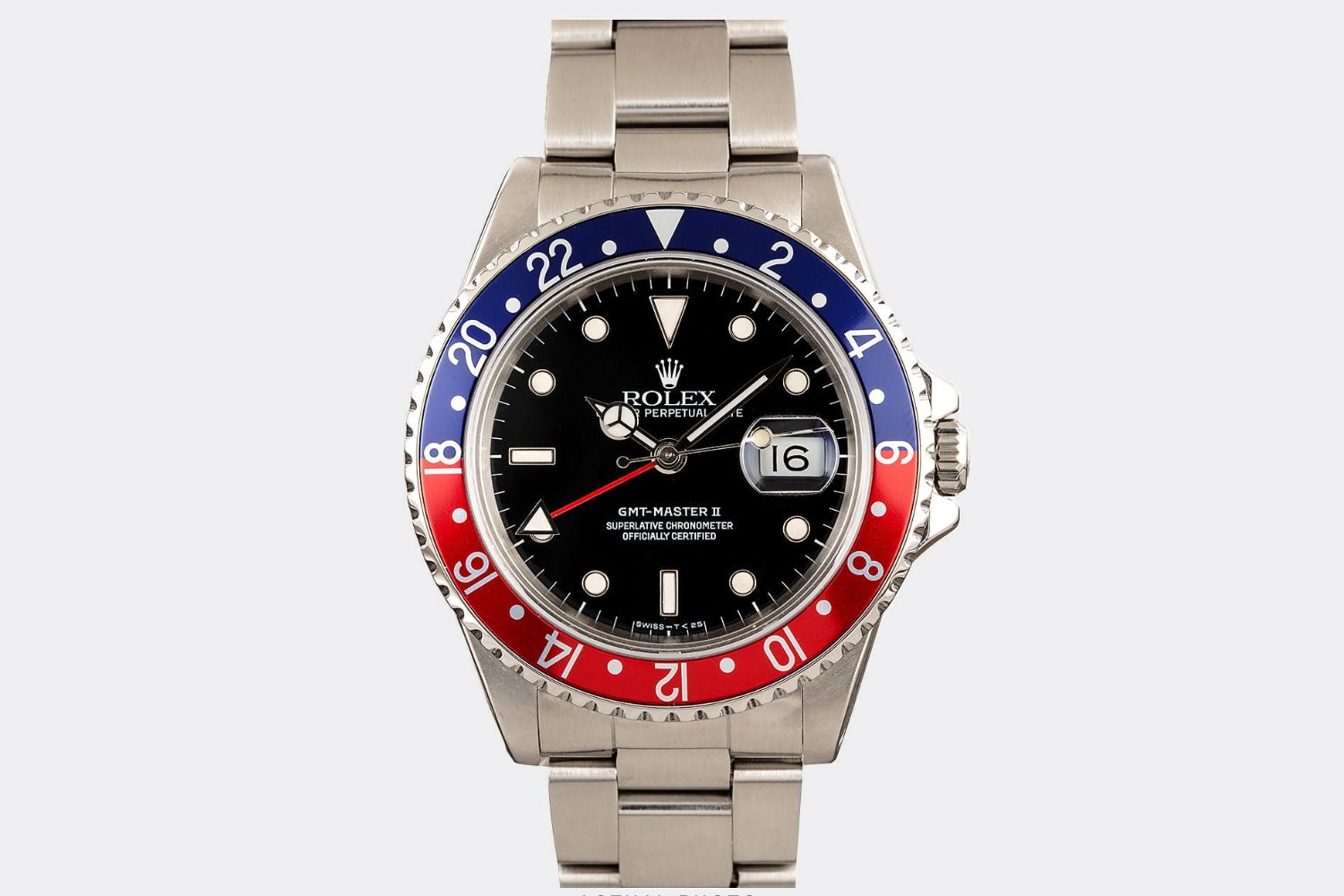
$10,000 Range: ROLEX GMT-MASTER SERIES
Although Rolex wasn’t the first company to engineer a watch with a GMT complication, their watches in this category are the most famous, perhaps for the bi-color bezels, which have nicknames like, “Coke,” “Pepsi” and “Batman.” The two contrasting colors are not just pretty — they were designed to help the user differentiate between daylight versus night-time hours. While most pilots I know rely more on Garmin devices while in the air these days (at least for function), anything in the Rolex GMT Master series is still considered a pilot’s watch — if not for practical use, then at least for show.
Bob’s Watches has a wide selection of pre-owned GMT models starting around $10,000 and going up to around $50,000 for a 2020 GMT Master II (ref. 126719) with Meteorite dial. My personal favorite is the 1989 GMT Master II (ref. 16710). It costs just under $10K and has the 40mm case, which I think is elegant for a steel watch. It also embodies that iconic Rolex design which never seems to get old.
In the interests of time and brevity, I’ll leave it up to you to explore the technical specifics and historical anecdotes for each of Rolex’s variations on the GMT complication. The benefit of buying a GMT watch at this end of the market is not only the chance to wear a fantastic timepiece, but the possibility that in years to come and with the right paperwork and regular servicing, you may be able to sell it for at least what you paid for it (adjusted for inflation), if not more. That is, if the steel tool-watch frenzy continues, and doesn’t fade out like the ‘80s craze for Rolex Bubble Back watches.
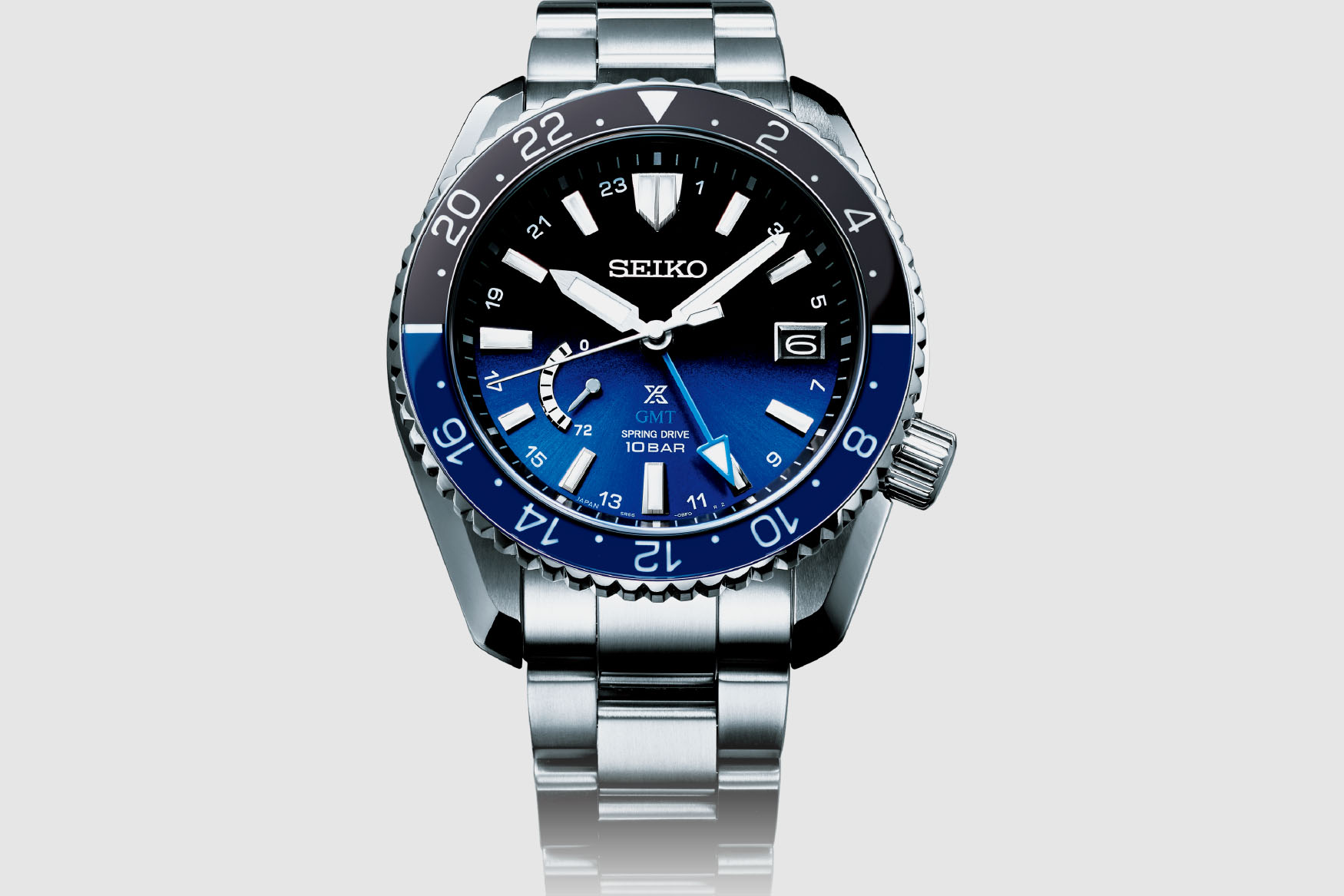
$5,000 Range: Seiko Prospex LX Limited Edition: SNR049
I’ve flirted with buying a serious Seiko for a long time, but never actually bitten on a purchase. Either the watch I liked felt too big on my dainty wrist or there was already a dive or military watch in my collection that did the job. Ref. SNR049J1, however, released in November 2020, might be the one.
It’s pricey, yes, but you get a lot of watch for the money, and collectors will be excited by “LIMITED EDITION” on the caseback, along with a serial number between 1 and 400. At 44.8mm, it’s almost 5mm wider than my favorite Rolex GMT, and the thickness is 14.7, so there’s heft. But it’s the look of this watch which appeals to me. I like the retro case design, based on the brand’s first serious diving watch from 1968. I also appreciate how the dial captures the image of the earth’s stratosphere as seen from space with a black and blue gradation. The bezel is two-tone and bi-directional, and the glass is sapphire. Inside is a Spring Drive GMT Caliber 5R66, which according to Seiko creates a glide motion of the seconds hand, reminiscent of the view from a spacecraft in the silence of outer space. (At the time of writing this, I was unable to go into space and actually confirm this).
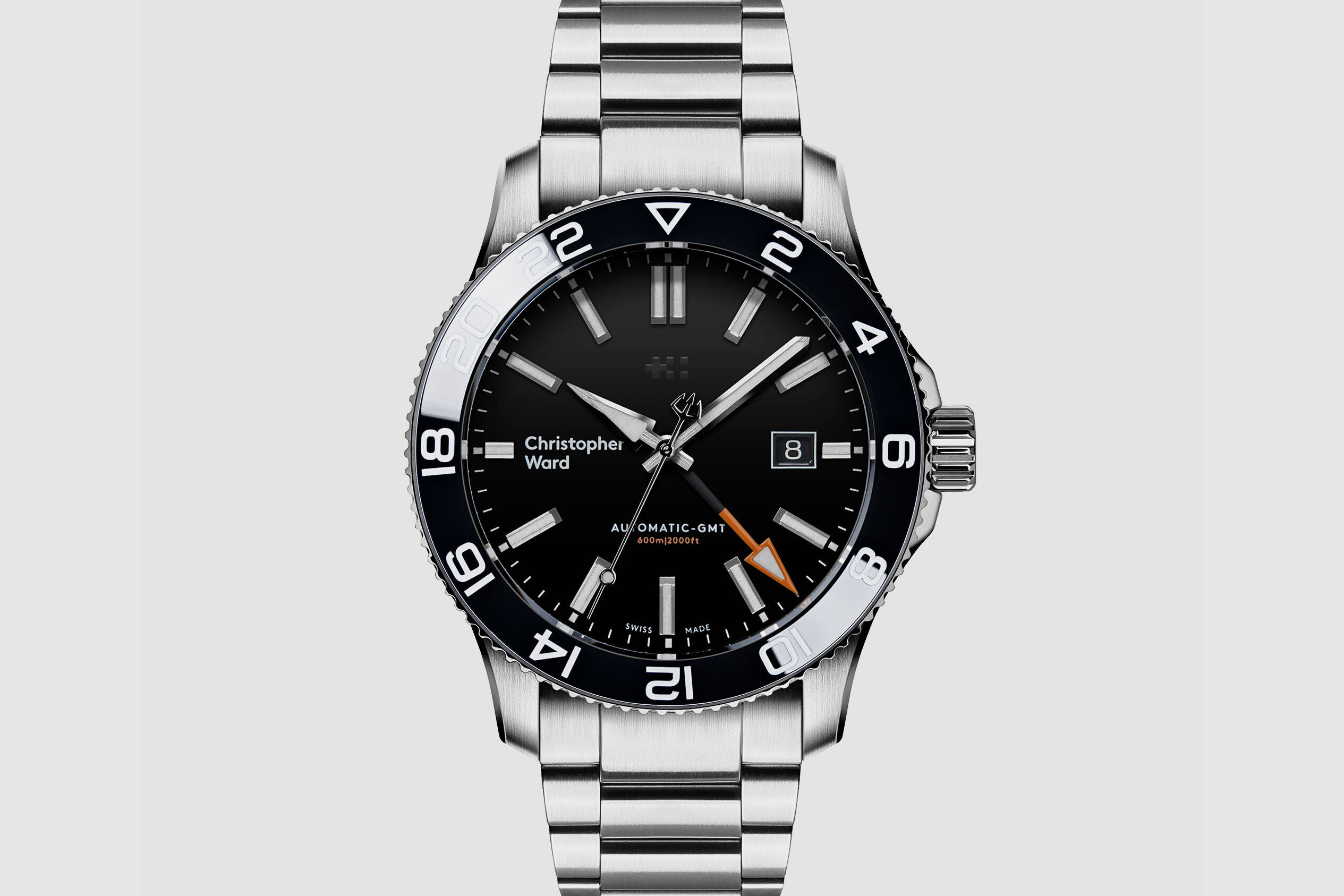
$1,000 Range: Christopher Ward GMT
Back to one of my favorite companies, Christopher Ward, which now seems to be releasing a new watch model every two or three months. One of their staples is the Swiss-made C60 Trident GMT 600, which comes in either a 42mm or 40mm case, with the choice of bracelet or rubber strap — the latter being the least expensive.
What I like about this watch is that in addition to the GMT complication, it’s a full-fledged dive watch, with 60ATM (600m) of water resistance. It’s also dressy enough to keep on after a swim at the Y, and at the current price point, can be worn without fear for pretty much anything the day throws at you. The Sellita SW330 movement is respectable considering the price of this timepiece. You can check for yourself at Caliber Corner, where you can also see other known watch models that use this engine. The power reserve is 42 hours, which doesn’t really compare to the Seiko (at 72 hours) or the latest Rolex GMT watches, which are around 70 hours. But in my opinion, it’s still the best automatic GMT watch for the money. The unidirectional 24-hour zirconia ceramic bezel is remarkably good-looking, and the (safety) orange and white paint on the GMT hand is perfectly applied to give the rugged case some much needed visual intricacy. With an engraved serial number and elaborate packaging which includes a polishing cloth, wooden box and authenticity card, Christopher Ward means business in the world of GMT complications.
This article appeared in an InsideHook newsletter. Sign up for free to get more on travel, wellness, style, drinking, and culture.
